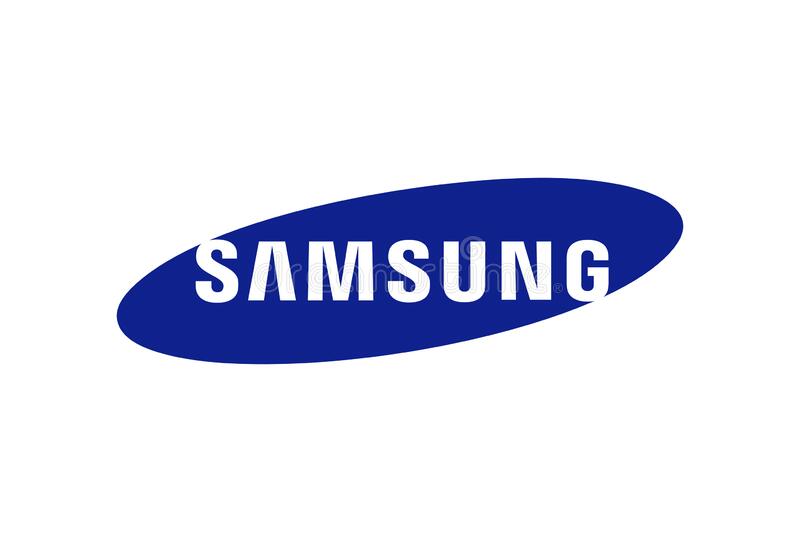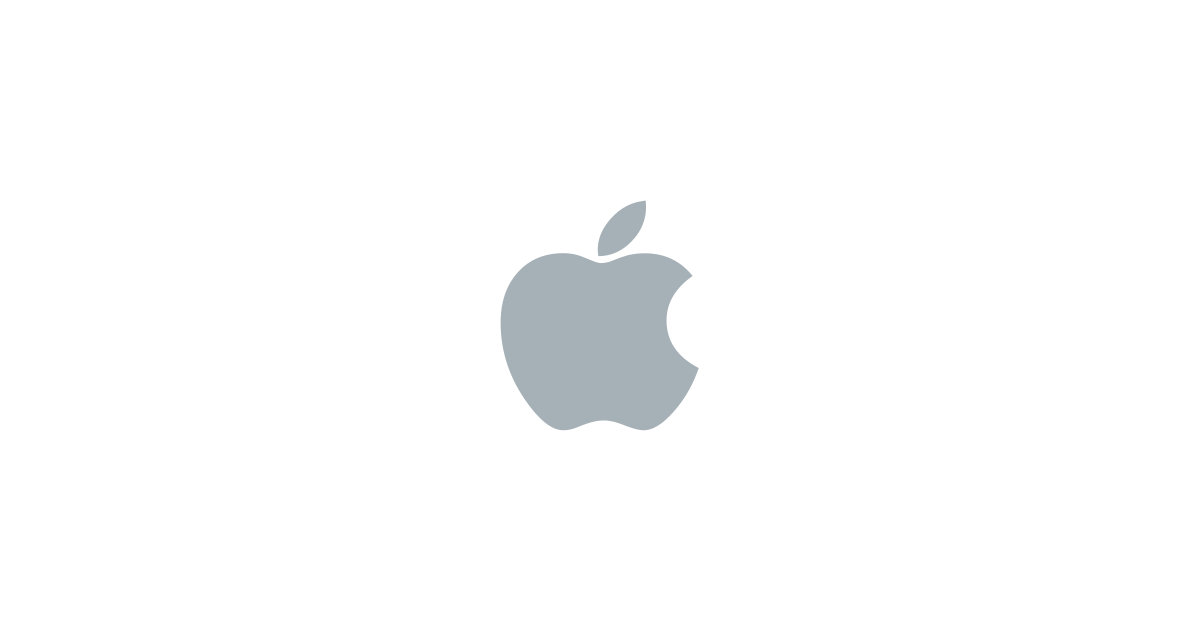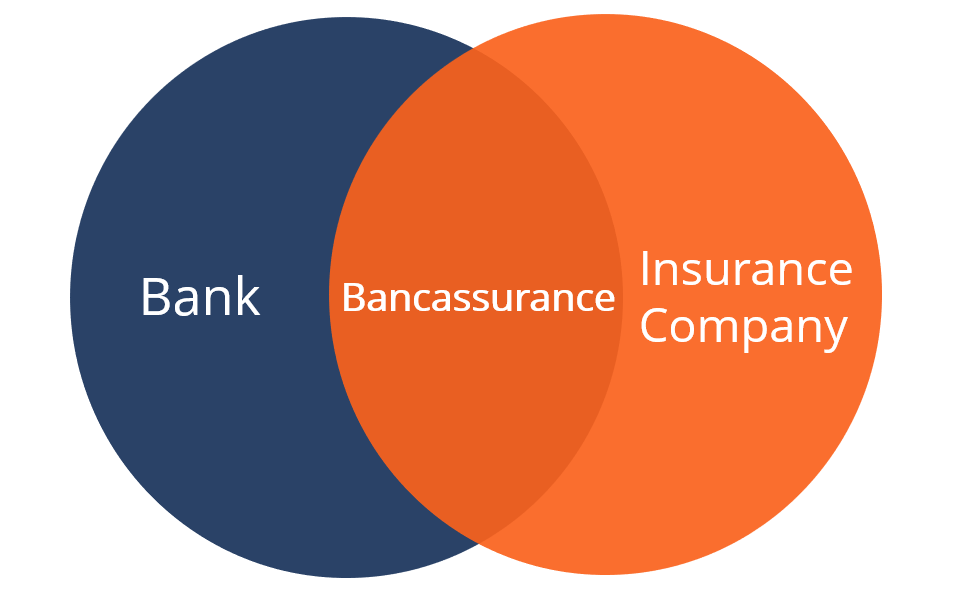Introduction
Tinder, the pioneering dating application, has not only brought about a paradigm shift in how people forge connections within digital interactions but has also established an exceedingly prosperous and commendable framework for conducting business operations. We will do a thorough analysis to figure out the complicated methods that support the business model of Tinder. This will help us understand the main factors that have led to its fantastic ability to make vast amounts of money.
Tinder App

Tinder is a prevalent dating application that has significantly transformed how people establish connections in the modern era of technology. Since its inception in 2012, the platform has experienced rapid and widespread adoption, primarily attributed to its user-friendly and intuitive interface. The application enables users to generate profiles, upload images, and establish preferences for prospective matches. One of the notable characteristics of Tinder is its unique swiping functionality, which allows users to express interest by swiping right or disregard by swiping left on profiles. When both users engage in a right swipe, signifying mutual interest, a match is established, enabling them to initiate a conversation. The streamlined methodology employed by Tinder has positioned it as one of the foremost platforms in the online dating industry.
How Tinder Works

Tinder uses a highly intuitive and effective matchmaking algorithm to enhance the user experience. When users create a profile, they can specify their preferences, such as the desired age range and geographical location. The application subsequently generates potential matches by utilising these specified criteria. Users can navigate through profiles, where they can access photos and concise biographical information. The swiping mechanism facilitates efficient and straightforward decision-making, with a right swipe indicating interest and a left swipe dismissing the profile. When two users mutually express interest by swiping right on each other’s profiles, they will receive a notification regarding the match and gain the ability to engage in messaging within the application. In addition, Tinder provides premium features such as unlimited swiping, the option to undo swipes, and improved profile visibility through subscription plans, enhancing the overall user experience.
Revenue Model
Freemium Model: Business Model of Tinder
The business model of Tinder is predicated on the freemium model, in which the app’s essential services are accessible to users. This inclusion pulls together a vast user base, producing a dynamic and varied community. Under the free plan, users may create profiles, browse other users, and start conversations. Tinder’s introductory features are designed to interest users in the platform’s paid upgrades.
Basic Features: The basic service is free and enables users to establish profiles, browse profiles, and initiate chats. A large audience and enthusiastic participation may be guaranteed with such an open strategy.
Super Likes: By offering a limited number of Super Likes to free users, the possibility of paying for more would increase. This incentive boosts conversions from free to premium tiers.
Subscription-Based Revenue: Tinder Plus and Tinder Gold
Tinder’s premium features, Plus and Gold, are the company’s most valuable income generators. For a regular charge, subscribers to these services get full access to various extra perks. Adding these categories was a game-changer for Tinder since it allowed the company to generate income from sources other than ads and in-app purchases.
Unlimited Swipes: Members have unlimited swipes, increasing their potential for meaningful relationships. Users who want to get the most out of their experience will like this addition.
Rewind Swipes: By reversing a prior swipe, users are given a second opportunity to find a possible match. Satisfaction among users rises, and they are more likely to stick around.
Passport Feature: This is a feature of Tinder Gold only, and it lets you alter your location and find a match anywhere on the globe. Its value offer is distinctive and compelling, making it suitable for consumers worldwide.
In-App Purchases: Monetization through Microtransactions
Tinder’s premium features, Plus and Gold, are the company’s most popular. Tinder also uses in-app sales and subscriptions to earn money from its users. Players can spend real money on in-game items to level up their experience.
Super Likes: Users may purchase Extra Super Likes to boost their profile’s prominence and demonstrate serious interest in prospective dates. This paradigm of microtransactions capitalises on people’s natural desire to reach out to others.
Boosts: Using boosts briefly increases a user’s profile’s visibility in their region, which may lead to more potential matches. This new function meets the demand for more exposure and participation among users.
Advertising Revenue: Targeted Advertisements for Revenue
The business model of Tinder is predicated on the use of personalised advertising. Tinder’s ads target the user’s demography and interests thanks to the company’s strategic relationships with brands and companies.
Sponsored Profiles: Brands may build profiles to interact with their target audience, creating a novel kind of advertising. As a result of this novel strategy, businesses can reach a receptive audience.
Promoted Events: Tinder partners with festivals and events to host sponsored events for its customers, which boosts the company’s bottom line and increases customer interest in the Tinder brand. With this kind of advertising, people are immersed in the action.
Partnerships and Sponsorships: Diversifying Revenue Streams
Tinder is always on the prowl for new business collaborations. Collaborations with events, influencers, and other businesses not only bring in more money but also increase the brand’s visibility and participation in the target audience’s lives.
Exclusive Promotions: Partnerships with renowned businesses might lead to unique deals or discounts for Tinder users. Value like this keeps people coming back and engaging with the service.
Sponsored Content: Content created by influencers or companies inside the app may be monetised and provide additional value to end users. With this method, commercials may be seen with other content without interrupting the flow.
Geographical Expansion and Localization: Tailoring to Diverse Markets
Tinder’s worldwide success may be partially credited to the company’s deliberate decision to expand to new regions. Tinder’s ability to adapt to local cultures and tastes is a significant reason for the app’s widespread success worldwide.
Cultural Adaptation: By tailoring a product’s features and marketing strategies to regional preferences, one can increase the rate at which it gains traction in a foreign market. The flexibility allows for a more personal relationship with people all across the globe.
Data Monetization and Analytics: Leveraging User Insights
To keep people from losing faith, you must find a happy medium between making money and protecting users’ personal information. Users will be more comfortable using the site if strict privacy safeguards are implemented.
Market Insights: Tinder’s intentional worldwide growth has contributed to the app’s phenomenal success. Tinder’s ability to adapt to local tastes and customs in various parts of the world is a testament to the company’s dedication to cultural inclusivity.
Privacy Protections: User adoption increases in international markets when features and marketing techniques are adapted to local cultural norms. In this way, you may connect more closely with users all around the globe.
Continuous Innovation and User Engagement: Evolution of Features
Tinder places a premium on being ahead of the curve. Tinder keeps users engaged and motivates them to try paid services by constantly updating the app with novel features like video chat, picture verification, and improved matching algorithms.
Feedback Loops: Maintaining a high level of quality requires consistently asking for user opinion and acting on that opinion. By improving with each iteration, we increase customer pleasure and loyalty.
Competitors
Tinder operates in a fiercely competitive market alongside various other prominent dating platforms. One of its primary competitors is Bumble, a platform that promotes female empowerment by placing the responsibility of initiating contact with women following a mutual match. Hinge, however, prioritises the cultivation of more profound connections by encouraging users to provide comprehensive details about themselves. OkCupid employs an extensive questionnaire to facilitate the matching of users based on their compatibility. Furthermore, platforms like Match.com and eHarmony provide users with more comprehensive profiling and compatibility assessments. Each of these competitors offers distinct features and approaches to online dating. However, Tinder stands out in the industry due to its extensive popularity and user-friendly interface.
Conclusion
The business model of Tinder serves as an excellent example of achieving a harmonious balance between user satisfaction and revenue generation. By using a strategic combination of freemium offerings, subscription-based services, in-app purchases, advertising, partnerships, data monetisation, geographical expansion, and ongoing innovation, Tinder has established a comprehensive revenue model that positions it as a leader in the dating app industry. The business model of Tinder stands out as a testament to its unwavering commitment to innovation and its strong focus on user experience. In the highly competitive realm of online dating, Tinder continues to shine as a beacon of success.




